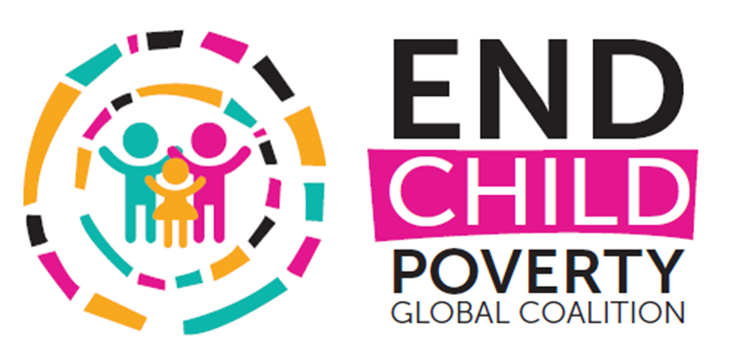Where to find child poverty estimates?
There are several places where you can find data on the different child poverty measures. Here are some:
Child poverty estimates – as nationally defined
How to use the SDG database? Select the indicator of interest in ‘Data Series’ (e.g. 1.1.1, 1.2.1 or 1.2.2 - see below). If you want to, select a country, a region(s) and/or a time period, click on ‘Show Results’, then on the + sign next to the indicator at the bottom of the page, then on ‘Download XLS’ . In the downloaded excel file, use the Age column to filter the results for children.
Indicator 1.2.2 Proportion of population living in multidimensional poverty (%) – disaggregated data is available for children
Indicator 1.2.2 Proportion of children living in child-specific multidimensional poverty (%) - different to the above, this refers to a child specific measure, where the child is the unit of analysis.
Notes: The compiled data for 1.2.2 inidcators are not intended to be comparable across countries due to different national definitions. The age band for children can vary (e.g. 0-15 or 0-18). Currently there is no disaggregated child data available for Indicator 1.2.1 ´Proportion of population living below the national poverty line (%)’.
Children in multi-dimensional poverty - scroll down to map ‘How are countries doing in tracking SDG 1.2.2?’ (based on National and Regional Child Poverty Reports)
World Bank Poverty and Equity Briefs – select your country of interest. The briefs provide break downs using the national poverty line for different groups, including for 0 to 14 years old.
Child poverty estimates – based on global/regional definitions/benchmarks, for international/regional comparison (these can differ from nationally defined child poverty estimates)
Indicator 1.1.1 Proportion of population below international poverty line (%) – disaggregated data is available for children under 15
Child Poverty: Global, Regional and Select National Trends (by World Bank and UNICEF) - includes data on the share of children living in monetary poor households in 2014, 2019, 2020 and 2024, available for the $3.00 and $8.30 poverty lines.
World Bank Global Monitoring Indicators (GMI) - is updated every 6 months and includes poverty rates for the three international poverty lines ($3.00, $ 4.20 and $8.30). Data is available for various age groups, including <18. STATA (recommended), R and Python can be used to open the data.
UNICEF Data Warehouse – click on ´Child Poverty´ and select the indicator of interest.
Child Benefits Tracker - includes estimates of both monetary and multi dimensional child poverty, go to ‘Countries’ and select your country of interest (see for example Angola)
Child Atlas – under ‘Main Topic’ select ‘Multidimensional Child Poverty’ (you can also select a secondary topic, such as climate risks for example, to see the correlation with child poverty)
Multidimensional Poverty Index (MPI) 2023 - includes data on children in multidimensionally poor households, scroll down and click on ‘Data Table 3: Age results 2023’
High-income countries:
OECD - Income Distribution Database: Children living in relative income poverty
Child Poverty in the Midst of Wealth - Innocenti Report Card 18 - see Figure 1 of report for share of children in relative income poverty

